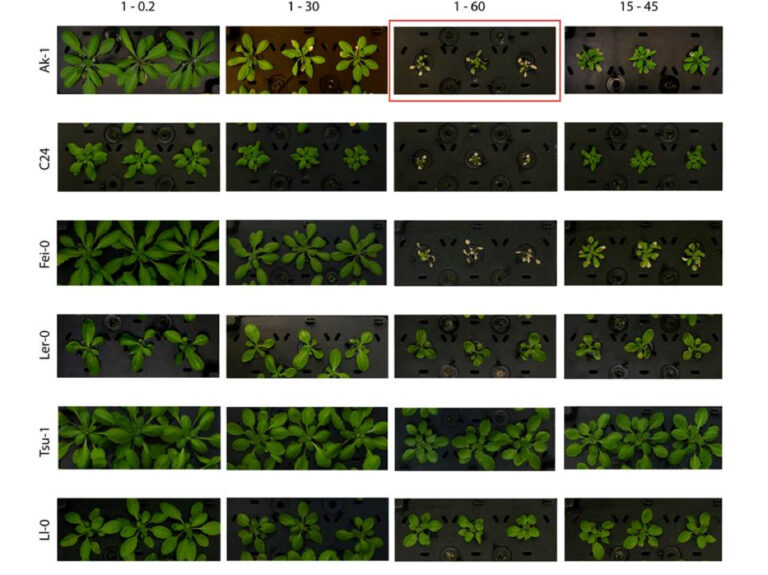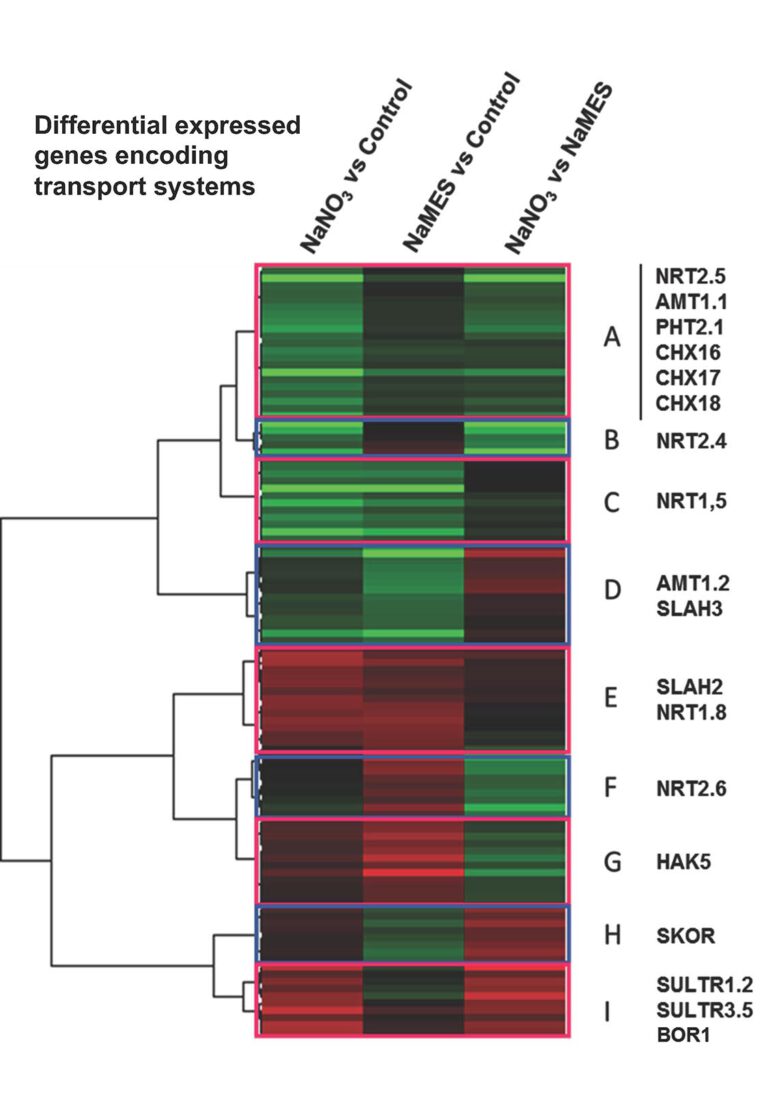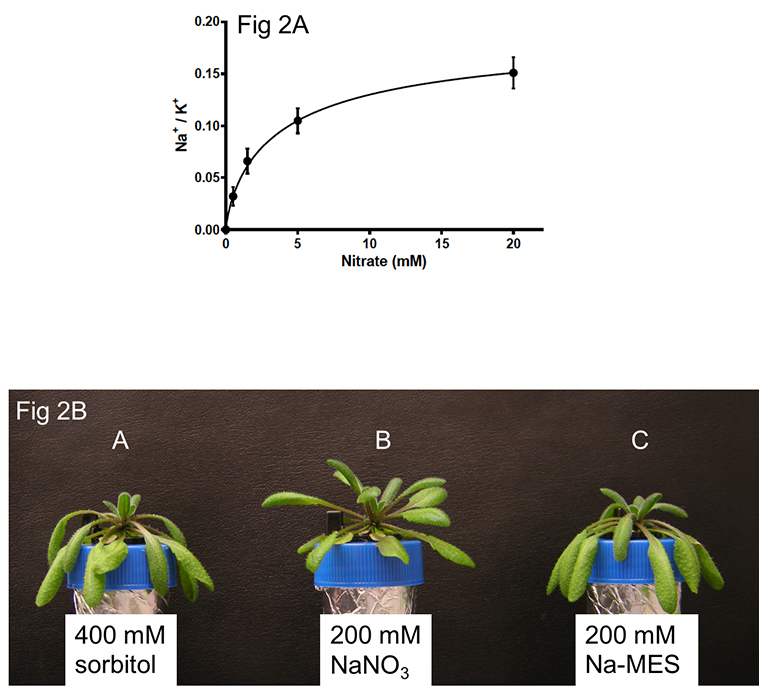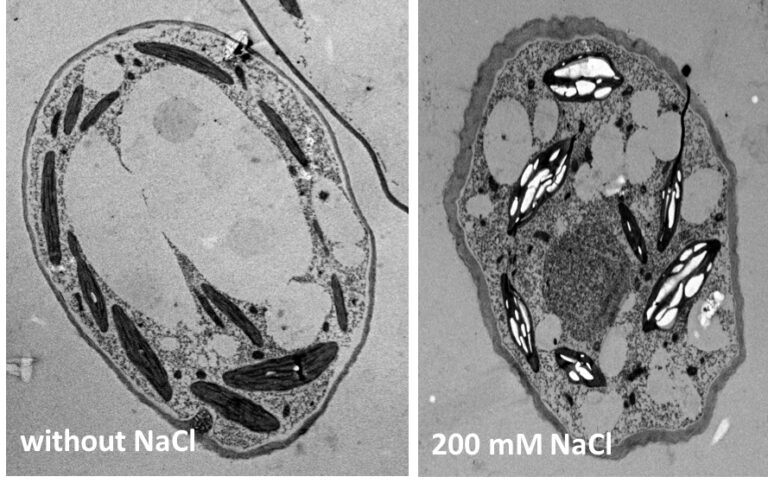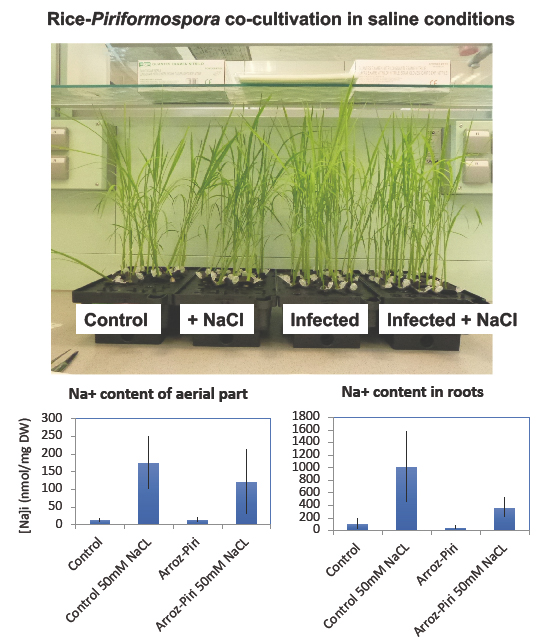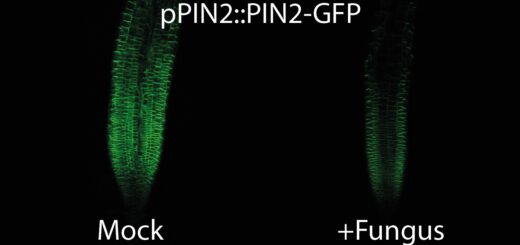CURRENT RESEARCH PROJECTS OF BEGOÑA BENITO'S GROUP - Potassium and sodium homeostasis in fungi and plants
Unravelling the role of the ionic transporters involved in Na+ and K+ homeostasis may be an advance in the understanding of those that possibly are relevant effectors in the response to mineral nutrition deficiency and saline stress in plants and fungi
GOALS
The general objective of our group aims at identifying and characterising the main transporters involved in K+ mineral nutrition and Na+ transport in fungi and plants. In this framework, we particularly focus on the two following main goals that have been developed over the past years in our group:
- Characterisation of molecular mechanisms involved in Na+ uptake in plant roots
- Identification of transporters involved in salt tolerance and in mineral K+ nutrition of plants
GENERAL OVERVIEW
The progressive salinisation of cultivated land affects over 800 million hectares (Rengasamy, 2010) and is one of the major concerns in agriculture. The processes that produce soil salinisation may be complex based on climatic, soil, and groundwater conditions (Rengasamy, 2006) but the effects of salinity in crop plants are the same in all cases: water deficit and salt toxicity. Despite many research efforts, trying to characterise the Na+ transport and distribution along the plant, little is known about the molecular mechanisms involved in those processes. Besides, it is well accepted that a high cytoplasmic K+/Na+ ratio is a key determinant of plant salt tolerance meaning that plants with high Na+ accumulation in leaves are more salt sensitive. Until today, our group has been interested in clarifying these aspects employing two plant models: Arabidopsis thaliana and the bryophyte Physcomitrella patens. More recently, we have opened a new line of research considering that in nature plants live in symbiotic associations with multitude of soil microorganisms that can contribute/modify the plant response to different abiotic stresses. The plant-fungi model that we have chosen for this study is the symbiotic association between the endophyte Serendipita indica (formerly Piriformospora indica) and the plants Arabidopsis thaliana and Oryza sativa.
RESEARCH ACTIVITY
Phenotypic approach on Arabidopsis to characterise the determinants involved in Na+ tolerance
We studied the natural variability of different accessions of Arabidopsis on Na+ tolerance considering the Na+ toxicity evidenced by “leaf wilting” or “short root length” as quantitative traits. The difference of this approach compared to others performed earlier is that the NaCl concentrations to which the plants were exposed were not too high to avoid superimposed osmotic effects. Our results indicate that Arabidopsis plants growing in NaCl can suffer root or shoot Na+ toxicities and an ionic growth inhibition, not due specifically to Na+ but also induced similarly by K+ (See Fig. 1)
Na+ uptake by plant roots and osmotic adjustment in saline conditions
We have studied the Na+ transport occurring in roots of Arabidopsis subjected to saline conditions, which constitutes an important pathway for the accumulation of Na+ in Arabidopsis shoots. This Na+ transport is mediated or controlled by one or more nitrate-dependent transporters. Our analyses revealed interesting novel findings, since we were able to demonstrate that the Na+ uptake, considered in many cases as detrimental for plant, is coupled to nitrate uptake, an essential mineral plant nutrient. It suggests that Na+, at least at milimolar concentrations studied (up to 20-60 mM NaCl), has not a toxic but an essential role. Our work also indicates that other anions such as chloride may also function in the Na+ loading into the xylem and, thus, in its transfer to the shoots.
In order to identify the candidates that mediate the Na+ transport in plant roots, we carried out an Illumina RNA-Seq transcriptome profiling to pinpoint those transporters that are differentially expressed under the moderate saline conditions tested, in the presence and absence of nitrate. Among the differentially expressed genes identified in any of the saline conditions, we have selected some genes encoding for transporters as candidates to mediate Na+ transport for a further phenotypic analysis of their respective T-DNA mutants (See Fig. 2)
In addition, we also have seen in Arabidopsis that, under high osmolality conditions (400 mOsm), Na+ acts as an osmotic stabiliser in such a way that its uptake prevents plant water loss and shoot wilting. These results encourage us to rethink that Na+ entry via the roots, besides being unavoidable, can be beneficial to the plant because it determines osmotic adjustments in plants growing in saline conditions. (See Fig. 3)
Contribution of chloroplast to salt tolerance in plants
It is assumed that the main strategy to maintain a low Na+ concentration in the cytosol is its compartmentation in the vacuole. However, using Corona Green, a Na+ binding indicator, we have observed that Na+ accumulates in chloroplasts of Physcomitrella and that this accumulation apparently does not affect the chloroplast function. These results suggest that chloroplast might have a relevant role in the control of cytosolic Na+ under saline conditions. We performed an ultra-structural analysis of Physcomitrella plants exposed to saline conditions and we have observed that under these conditions, protonema cells showed a retraction of plasma membrane from the cell wall, a compaction of the cytosol, an increase in vacuolisation and, particularly interesting to us, a striking increase in starch granule accumulation in the chloroplasts. These results would suggest that a higher starch accumulation in the NaCl-treated plants may be important for salt tolerance. Similar results has also been obtained in Thellungiella (Wang et al., 2013). (See Fig. 4).
In order to know whether the NHAD chloroplast transporters have any role in salt tolerance, we have carried out the cloning, expression and functional characterization of nhad knockout mutants in Physcomitrella. The results indicate that NHAD transporters have not any relevant role by modifying Na+ accumulation in the chloroplast, but probably in the regulation of osmotic or pH changes occurring under saline conditions.
Study of the Na+ and K+ homeostasis during the symbiotic associations of the endophyte Serendipita indica with Arabidopsis and rice plants
The most recent goal in which we are involved is in the identification of the Na+ and K+ transport systems that operate during the symbiosis between plants and microorganisms associated and to determine their contribution to the mineral nutrition and salt tolerance of plants growing in saline conditions. In a first attempt we have initiated the characterisation of the ENA ATPases of the fungus. These are proteins involved in Na+ efflux from cells that have demonstrated to be very effective systems to increase salt tolerance in other fungi. Two genes, PiENA1 and PiENA5 have been identified in the Piriformospora genome and these are now under further investigation. (See Fig.5).
